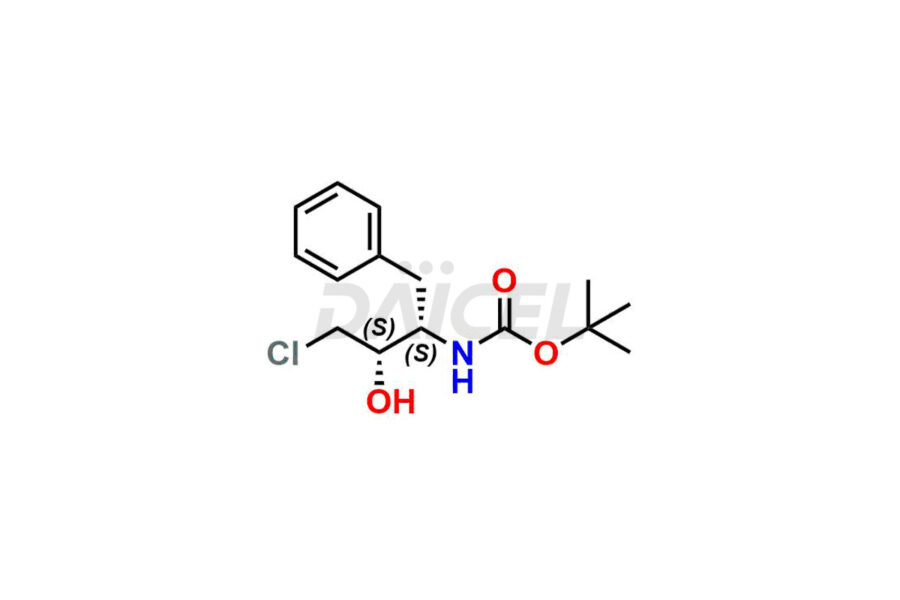Darunavir
References
- Vazquez, Michael L.; Mueller, Richard A.; Talley, John J.; Getman, Daniel P.; Decrescenzo, Gary A.; Freskos, John N.; Bertebshaw, Deborah E.; Heintz, Robert M., Hydroxyethylamino sulphonamides useful as retroviral protease inhibitors, G.D. Searle and Co., United States, US6046190, April 4, 2000
- Goldwirt, Lauriane; Chhun, Stephanie; Rey, Elisabeth; Launay, Odile; Viard, Jean-Paul; Pons, Gerard; Jullien, Vincent, Quantification of darunavir (TMC114) in human plasma by high-performance liquid chromatography with ultra-violet detection, Journal of Chromatography B: Analytical Technologies in the Biomedical and Life Sciences, Volume: 857, Issue: 2, Pages: 327-331, 2007
Frequently Asked Questions
Are Darunavir’s impurity levels monitored throughout its shelf life?
Yes, stability studies are conducted to monitor impurity levels in Darunavir over its shelf life, ensuring the levels of impurities remain within acceptable limits.
Is impurity control an ongoing process throughout the lifecycle of Darunavir?
Impurity control is an ongoing process that starts from the early development stages and continues throughout the entire lifecycle of Darunavir, including post-marketing surveillance.
Which solvent helps in the analysis of Darunavir impurities?
Acetonitrile is a solvent used in analyzing many impurities in Darunavir.
What are the temperature conditions required to store Darunavir impurities?
Darunavir impurities are stored at a controlled room temperature between 2-8 °C or as indicated on the Certificate of Analysis (CoA).
Note: Products protected by valid patents by a manufacturer are not offered for sale in countries having patent protection. The sale of such products constitutes a patent infringement, and its liability is at the buyer's risk.

